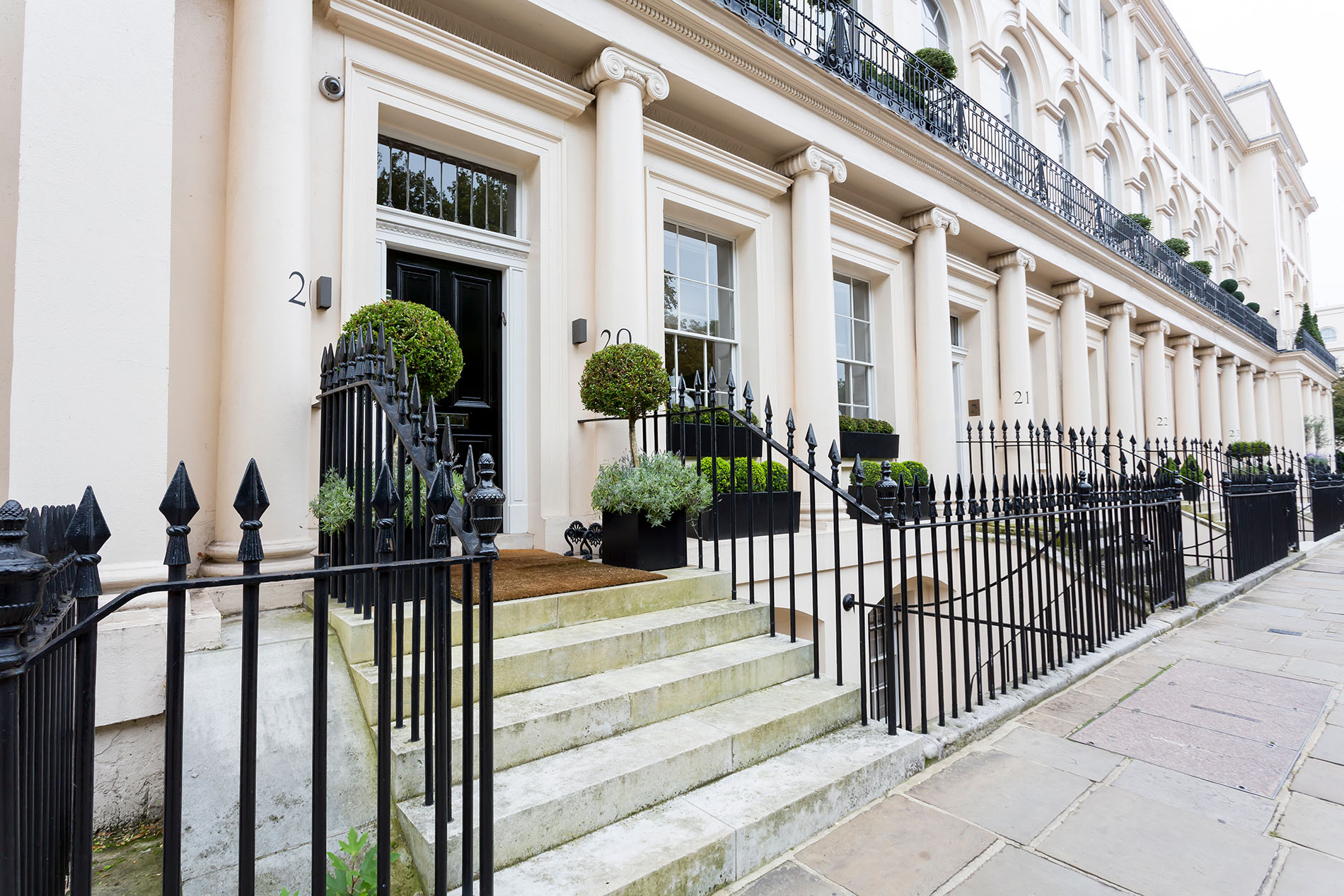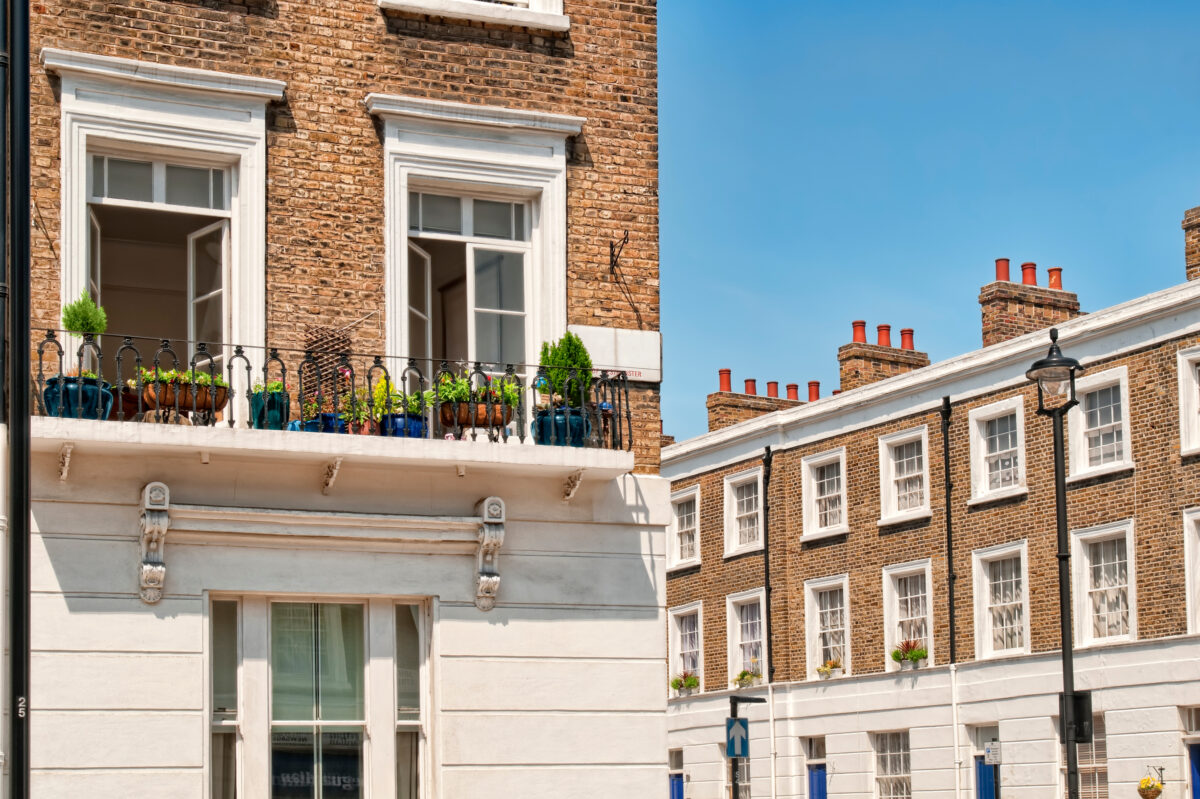Darren Bagnall from Manage Your Block provides practical strategies for property owners and managers to safeguard their historic properties.
Owning or managing a listed building involves not only the joy of preserving a piece of history but also the challenge of preventing loss and damage. These special, protected buildings can bring their owners and the public so much joy, but they can also present a challenge to maintain and protect.
Implementing effective strategies to mitigate risk can help reduce insurance claims and, potentially, insurance premiums.
Regular Maintenance and Inspections
The key to preventing damage in listed buildings is regular maintenance and inspections. Due to their age and construction, these buildings often require more frequent checks than modern structures.
Regularly inspecting and cleaning gutters will prevent water overflow and subsequent damage to the fabric of the building. Roofs should be checked for missing, loose, or damaged tiles that could lead to leaks.
Cracks in the walls and/or signs of moisture can indicate structural issues. Early detection of issues with the walls or foundations can prevent serious damage and spiralling costs. Ensuring that all plumbing and electrical systems are regularly checked (and updated if necessary) is also crucial to prevent water damage, fires, and other hazards.
For some insurers, maintenance agreements form part of the policy. They require evidence of certain maintenance checks to validate the policy and keep premiums to a minimum.
Fire Safety Measures
Listed buildings are often constructed from outdated materials which can be particularly flammable. Fire safety is therefore a critical concern. Installing and maintaining adequate smoke alarm systems and fire extinguishers is vital. All occupants, visitors and staff should be fully aware of your fire safety processes.
Portable heaters should be avoided, and fireplaces must be well-maintained and used safely. Chimneys and flues should be inspected regularly to prevent chimney fires and ashes need to be disposed of appropriately.
Security Enhancements
Theft and vandalism are risks for any property, but listed buildings can be particularly vulnerable due to their location, accessibility, and high-profile nature. Comprehensive security systems can reduce your risk.
Your system should include high quality, well positioned CCTV cameras and an organised system for storing recordings. Alarms and motion sensors for security lighting also act as great deterrents. Well lit, high-quality recordings will enable you to quickly address any incidents that may occur.
Well-maintained physical barriers such as gates, fences and secure windows and doors will make access as difficult as possible. Security film on any glass will prevent shattered windows, and modern locks should be used wherever possible.
Environmental Controls
The internal environment can affect a listed building’s condition, with unstable temperatures and humidity leading to deterioration over time. High humidity and poor ventilation can lead to mould and wood rot – especially in kitchens and bathrooms. Significant changes in temperature can cause materials to expand and contract, creating structural damage if allowed for long enough.
Modern sensors and environmental control systems can be used to reduce the risk of damage. They allow you to consistently monitor the building’s temperature and humidity levels so you can take action to correct any dips or increases that could lead to harm.
Professional Assessments and Advice
Given the complexities associated with historic buildings, seeking professional advice can be invaluable. Best practise would include working with specialised structural engineers and surveyors who can carry out regular assessments. Their reports can identify any potential issues before they turn into serious problems.
If renovation or repair work is required, working with a conservation specialist can give you the assurance that you’re using the correct materials and methods to comply with preservation standards.
Training and Awareness
For those involved in the management and upkeep of listed buildings, appropriate training is essential. Regular sessions for staff and volunteers can increase their awareness of the specific needs and vulnerabilities of the building. They should also be kept up to date with any emergency preparedness systems you have in place such as your fire or flood response processes.
Conclusion
Preventing loss and damage in listed buildings is not just about reducing insurance claims and premiums; it’s about safeguarding the UK’s cultural heritage for future generations.
Through diligent maintenance, strategic upgrades, and a commitment to preservation, property owners and managers can ensure these historic structures withstand the test of time. The key is proactive care and expert advice; ensuring that every measure taken is in line with the unique needs of your listed building.
Manage Your Block aren’t here to tell you how to run your block of flats, but we can provide you with highly specialised software to make the management of your block much easier. Call us for more details on 0333 577 9070 or email info@manageyourblock.co.uk.


